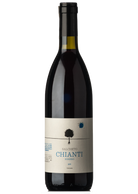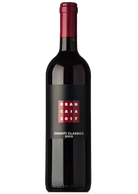Wine from Chianti DOCG
The gentle hills of Tuscany are the cradle of Chianti, the most famous Italian red wine. The history of this DOCG begins indirectly, in 1716, when the Grand Duke Cosimo III, Grand Duke of Tuscany, classified the strip of land located between the cities of Florence and Siena, giving birth to the Chianti region and to the homonymous wine which was already very popular at that time. At the beginning of the 20th century, when the production of this pioneering region could not meet national and international demands, the area was extended beyond the territory between Florence and Siena, stretching over the two homonymous provinces and retaining the name Chianti temporarily. Until 1932 when a ministerial decree distinguished Chianti produced in the traditional area with the appellation Classico. The simple term Chianti would remain for the producers of the later enlarged territories.
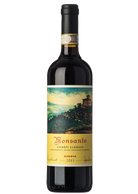
Castello di Monsanto Chianti Classico Riserva 2020

Castello di Monsanto Chianti Classico 2022

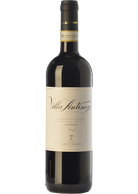
Villa Antinori Chianti Classico Riserva 2022

Rocca delle Macìe Chianti Cl. Sant'Alfonso 2018
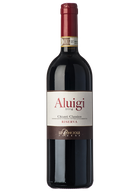
Le Cinciole Chianti Classico Riserva Aluigi 2014
BIO
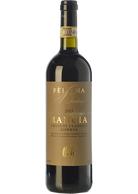

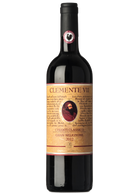
Grevepesa Chianti Cl. Gr. Selez. Clemente VII 2015
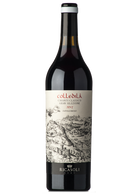
Ricasoli Chianti Cl. Gran Selez. Colledilà 2018
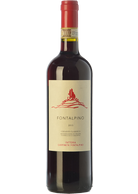
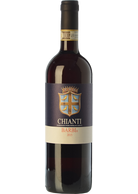

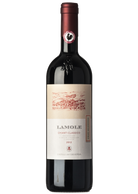
Grevepesa Chianti Cl. Gran Selezione Lamole 2013
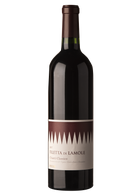
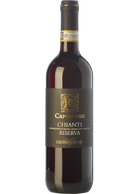
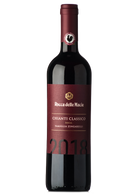
Rocca delle Macìe Chianti Classico Zingarelli 2019
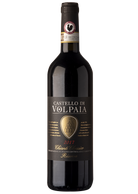
Castello di Volpaia Chianti Classico Riserva 2018
BIO

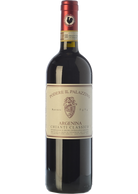
Il Palazzino Chianti Classico Argenina 2014
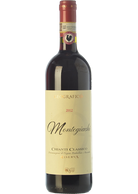
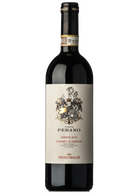
Tenuta Perano Chianti Classico Riserva 2017
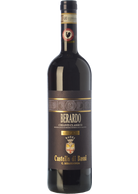
Castello di Bossi Chianti Cl. Riserva Berardo 2016
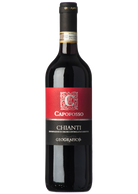
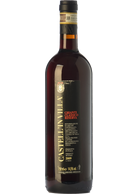
Castell'in Villa Chianti Classico Riserva 2017
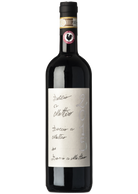
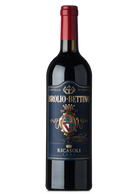
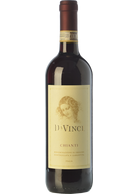

Dalle Nostre Mani Chianti Classico Centouno 2016
BIO
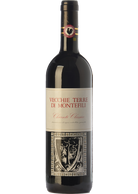
Vecchie Terre di Montefili Chianti Classico 2012
BIO
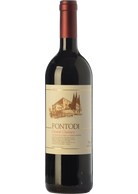
Chianti DOCG
The gentle hills of Tuscany are the cradle of Chianti, the most famous Italian red wine. The history of this DOCG begins indirectly, in 1716, when the Grand Duke Cosimo III, Grand Duke of Tuscany, classified the strip of land located between the cities of Florence and Siena, giving birth to the Chianti region and to the homonymous wine which was already very popular at that time. At the beginning of the 20th century, when the production of this pioneering region could not meet national and international demands, the area was extended beyond the territory between Florence and Siena, stretching over the two homonymous provinces and retaining the name Chianti temporarily. Until 1932 when a ministerial decree distinguished Chianti produced in the traditional area with the appellation Classico. The simple term Chianti would remain for the producers of the later enlarged territories.
In the 1960s and 1970s, its popularity suffered a significant setback due to a decline in quality. However, Chianti was able to reinvent itself and regain its prestige, especially since 1996, when regulations made it compulsory to control yields, which helped create a new, more intense profile for Chianti. Today, the great Chianti area still hides some great wines that are worth discovering. The wines from the hills east of Florence, for example, have good acidity and robust tannins, as well as earthy aromas and a long bouquet of black cherries.
The combination of a near-perfect climate and dreamy soils, which were already known to the Etruscans who inhabited these lands before the Roman Empire, has placed Chianti among the world's most desired and consumed wines.
Chianti Classico
Chianti Classico is the most traditional region of Chianti. Established as a wine-growing area in 1716 by the Grand Duke Cosimo III, this region is located along the valleys between Florence and Siena. It has as its emblem the historical black rooster that illustrates the labels of its wines. Its producers aim to show a more elegant and structured style of wines capable of competing with the region's most remarkable Sangiovese opulence. This region is not allowed to produce wines under the Chianti DOCG appellation.
The Sangiovese based wines, with a minimum proportion of 80% or fully monovarietal, as most of them are, constitute the backbone of this appellation, the common binding element in all these terroirs so different because of the diversity of climates and soils, such as those found in Castelnuovo Berardenga, Castellina, Radda, Gaiole or Greve.
Being the most structured, ample, complex, tannic but also the smoothest and silkiest of the Chianti region as a whole, the wines with the Chianti Classico appellation are aged for a minimum of one year, in wood, and come from vineyards whose yields are limited to 7.5 t/ha. This figure demonstrates their eagerness for quality. Concentrated, spicy, now often toasted and even ethereal, the Chianti Classico wines are typically fresh and flavoursome on the palate, with a slightly bitter persistence, which means they need to be kept for at least five years before they reach full maturity.
They have extraordinary potential and have the categories of Reserva, with a minimum of two years in the cellar, and Gran Selezione, made from strictly selected grapes and aged for a minimum of thirty months.

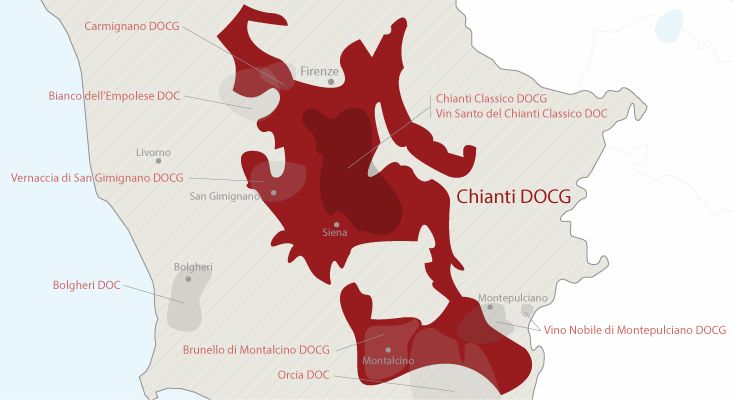
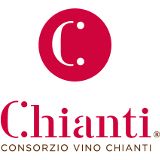
- Via Belfiore 9 50144 Firenze
- +39 055 333 600
- info@consorziovinochianti.it
- http://www.consorziovinochianti.it



